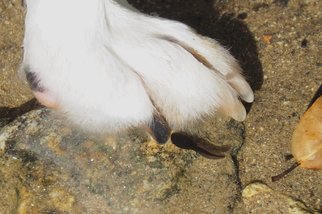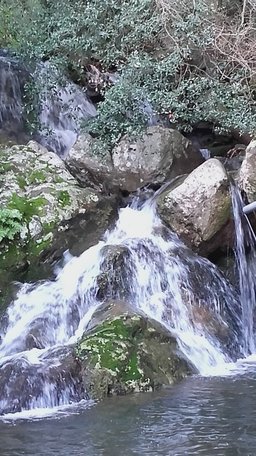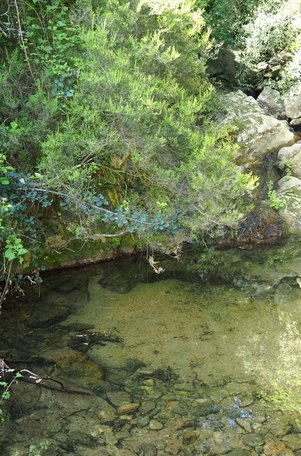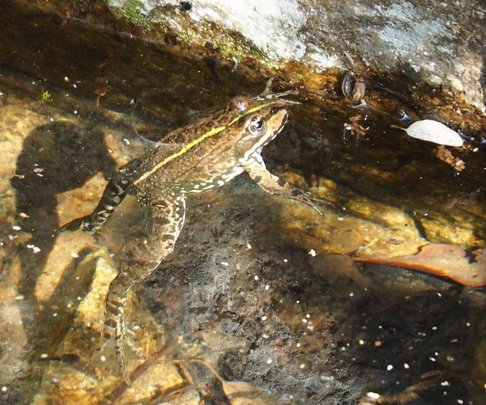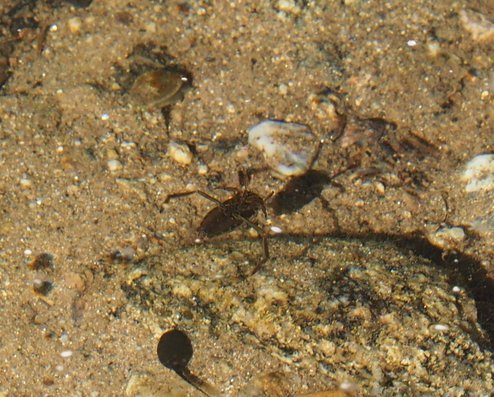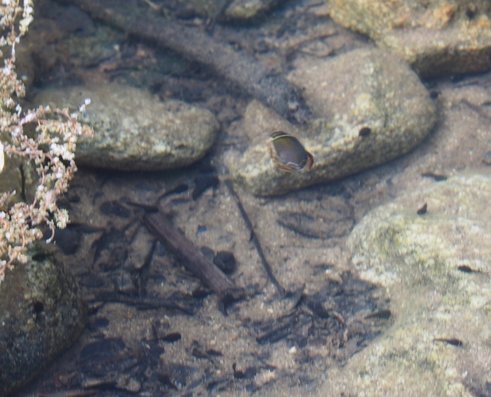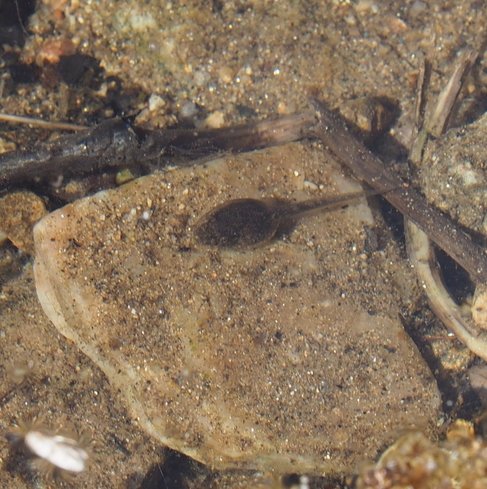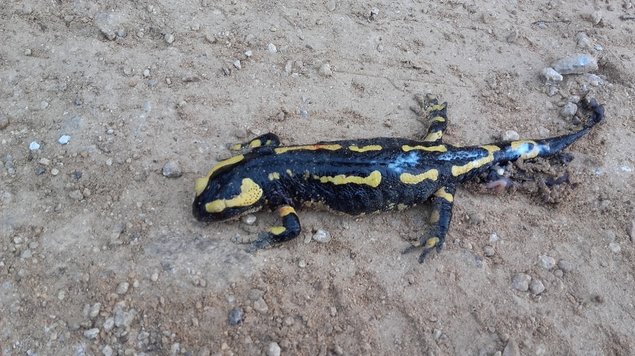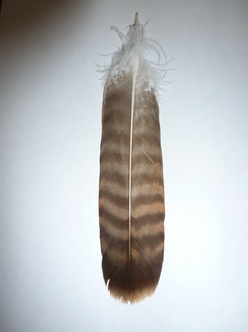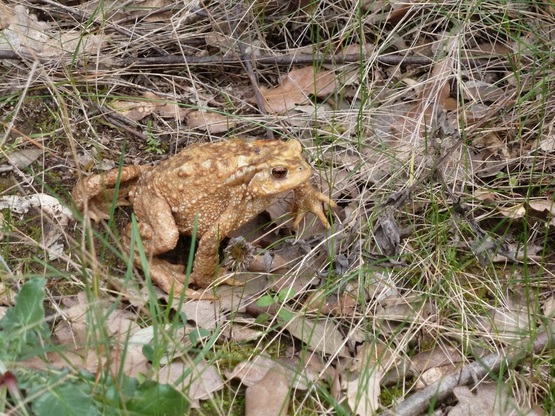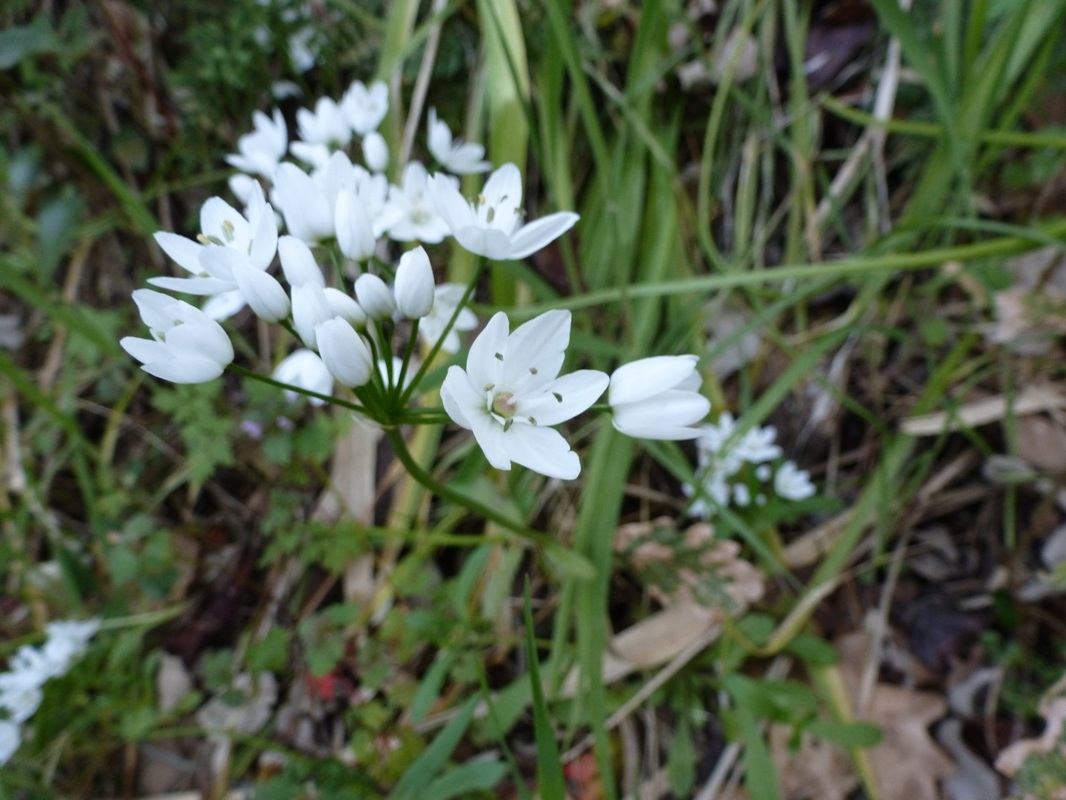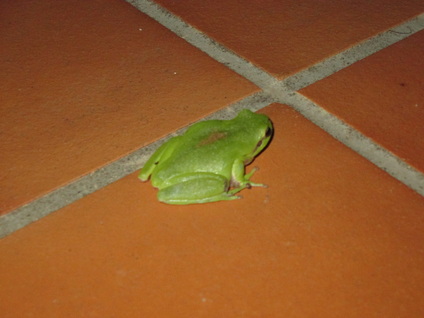Following my blog earlier this month about Fire salamander larvae, I returned on the 23rd, wondering if I could spot any different salamander or newt species.
After waiting for some time, I only saw two larvae that had legs, both of which were the Fire species. But while scanning the pool bed, something else caught my eye: a moving twig construction vaguely reminiscent of hermit crabs, but more closely resembling the bagworm moth caterpillars I blogged about in October 2016.
It was of course a caddisfly larva. I understand this is a sign that the water is unpolluted - something I'd expect here, to be honest.
Caddisfly Larva from Lesley McLaren on Vimeo.
It was only on playing the clip back that I noticed another caddisfly larva, below right, heaving its log-like house all over the place - and there appears to be at least one more moving around in dead leaves, above left! The naked eye simply misses all of this activity.
Backswimmer Beetle from Lesley McLaren on Vimeo.
Salamander larva sinking from Lesley McLaren on Vimeo.
Tadpoles Feeding from Lesley McLaren on Vimeo.
